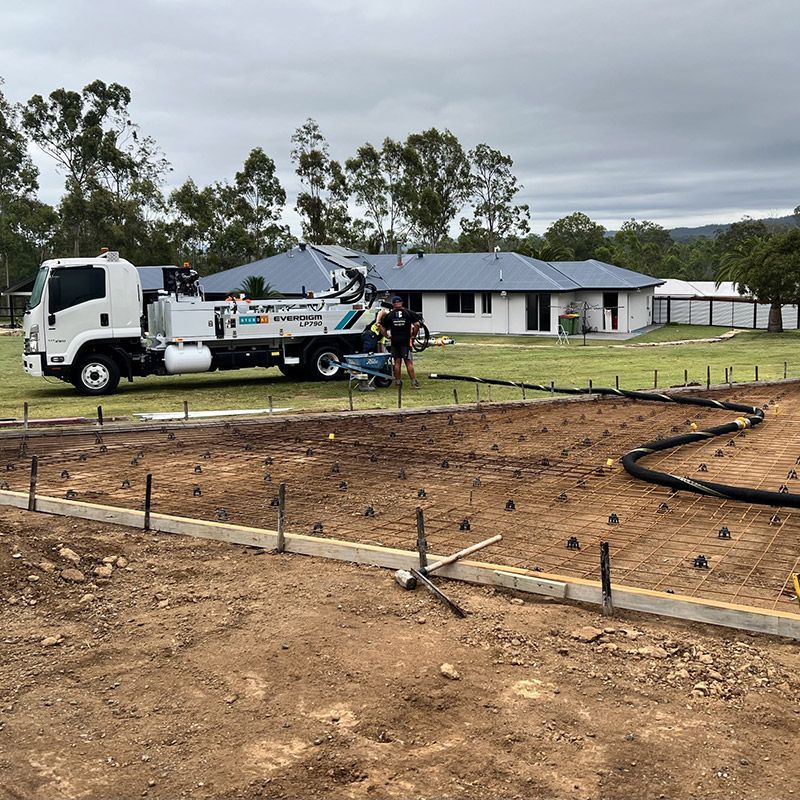The Advantages of Concrete Pumping in Concreting Applications
Introduction:
In the ever-evolving world of construction, efficiency and precision are key components for success. One technology that has significantly contributed to streamlining the concreting process is concrete pumping. This innovative method has revolutionized the way concrete is delivered and placed on construction sites, offering a myriad of advantages that have become indispensable in modern construction applications.
Concrete pumping involves the use of specialized equipment to transport liquid concrete from a mixing truck to its final destination on a construction site. The heart of this process lies in the concrete pump, which is either a truck-mounted or trailer-mounted system equipped with a robotic arm and a pipeline. The pump uses high-pressure to propel the concrete through the pipeline, precisely placing it at the desired location.
Advantages of Concrete Pumping:
1. Increased Efficiency:
Concrete pumping significantly increases efficiency on construction sites. Traditional methods of manually transporting concrete, such as using wheelbarrows, can be time-consuming and labor-intensive. Concrete pumping allows for a faster and more continuous placement of concrete, reducing overall project time.
2. Enhanced Precision and Control:
The use of concrete pumps provides construction professionals with greater precision and control over the placement of concrete. The robotic arm allows for accurate positioning, even in hard-to-reach or elevated areas, ensuring a uniform and consistent application of the material.
3. Reduced Labour Requirements:
With the mechanised process of concrete pumping, the need for manual labour is significantly reduced. This not only minimises the physical strain on workers but also allows for a more strategic allocation of labor resources to other critical tasks on the construction site.
4. Cost-Effective:
Despite the initial investment in concrete pumping equipment, the long-term cost savings are substantial. The speed and efficiency of the pumping process contribute to lower labor costs, reduced project durations, and decreased dependency on additional equipment.
5. Versatility in Application:
Concrete pumping is incredibly versatile and can be adapted to various construction scenarios. It is ideal for projects of all sizes, from small residential developments to large-scale commercial and infrastructure projects. The ability to pump concrete vertically, horizontally, and over obstacles makes it a versatile solution for challenging construction environments.
6. Minimised Material Waste:
The controlled and precise delivery of concrete through pumping minimises material waste. This is particularly crucial in today's environmentally conscious construction industry, where reducing waste and optimising resource usage are paramount.
Conclusion:
Concrete pumping has emerged as a game-changer in modern concreting applications. Its ability to enhance efficiency, precision, and overall cost-effectiveness has made it an integral part of construction projects worldwide. As the construction industry continues to evolve, embracing innovative technologies like concrete pumping will undoubtedly play a pivotal role in shaping the future of building practices. The advantages it brings to the table not only improve the construction process but also contribute to sustainable and resource-efficient development.






